What happens when you mix copper, bronze or brass with the elements? The result is called a verdigris patina (vert-de-gris in French), a layer of oxidation that forms over the metal to form a protective barrier. This patina varies in color from a green to a blue green / turquoise color. Left to age naturally, it will often take many years, but this natural patina results in a richer, deeper and more durable color.
It is also possible to speed up this natural process by using chemical solutions. A wide range of chemicals, both household and commercial, can give a variety of patinas. To produce the verdigris colors in the photos, cupric nitrate is often used. There are also commercially available, prepared patina solutions available to quickly patinate the copper or bronze.
In order to use these readily available solutions, the metallic paints must contain the actual metal particles, rather than just the mica flakes or powder that are in normal metallic paints. Some that I use are from Art Chemicals and Modern Masters.
Cleveland bank
Caution should be used as these chemicals are corrosive and must be used in a well-ventilated area. Rubber gloves for chemicals, a face shield or respirator and goggles are always best. Be sure to read and follow the instructions that come with the patina solutions and metallic paints. A special acrylic sealer is recommended if the patina will be exposed to very harsh conditions or if it will be touched.
One of the three statues of David in Florence
A beautiful roof credit
Fellow artisan, Nebraskan Ron Hansen, recently completed applying the patina and gold leaf script for a church. Didn't he do a fabulous job?
The creation of a patina finish often results in its own unique result. Because patination is dependent on chemical reactions, it is not always possible to produce an exact replication of a finish. But, it is certain to be beautiful!
patina closeup credit
+web.jpg)












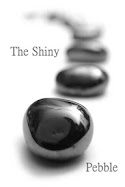


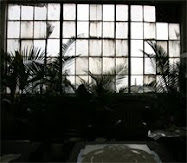



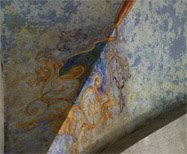

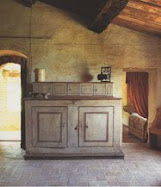
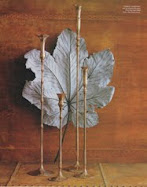










































Very informative post. I just lots. The images are fabulous.
ReplyDelete